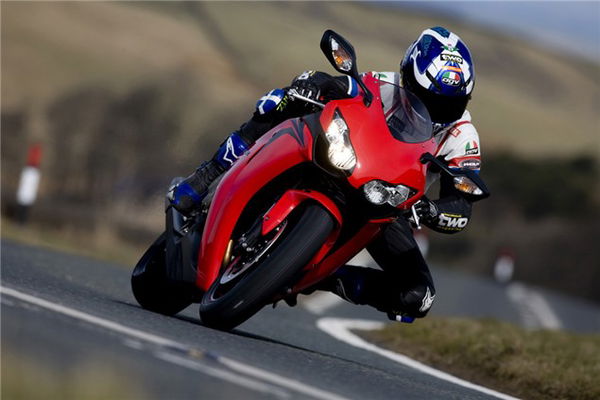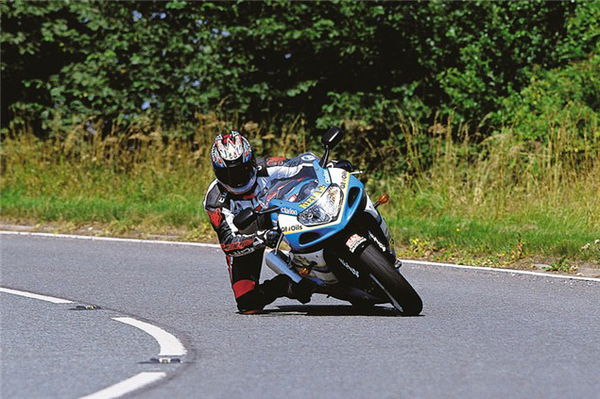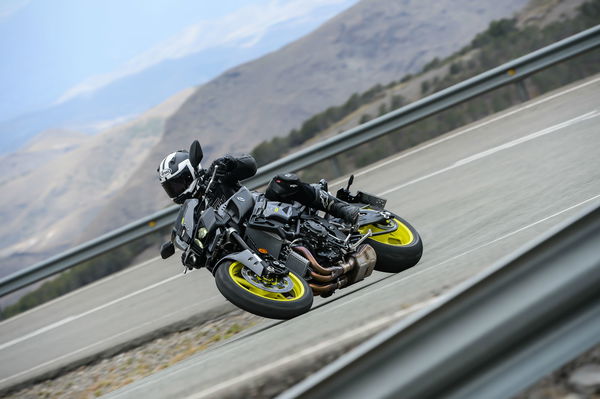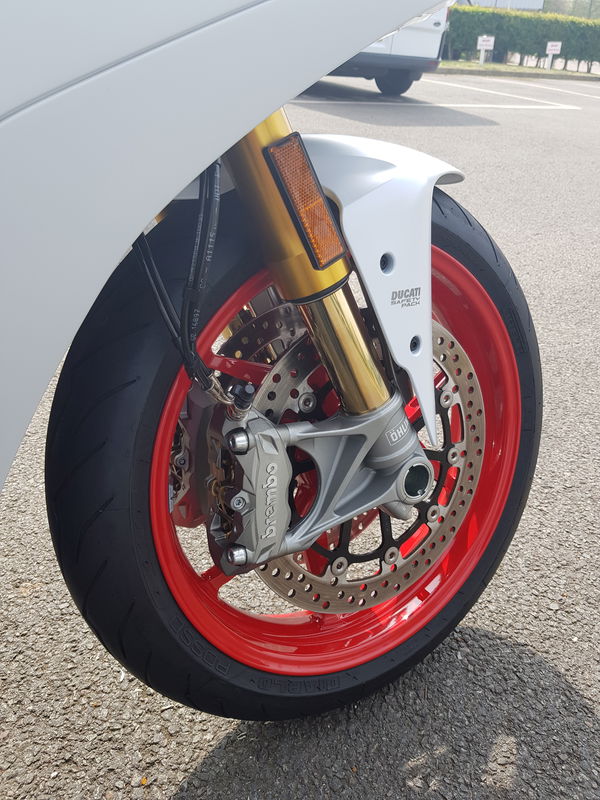Mackenzie's fast road riding tips
Niall Mackenzie gives his advice on how to get the most out of riding on the roads


Unless I'm on really wide, open roads I short-shift most of the time on a 1000cc bike. The huge amount of torque available means acceleration is still brisk, and power delivery is much smoother to use and safer at low rpm. R1s are amazing; you can select sixth gear at 20mph and ride them like a twist and go. But you still have to be careful, and being lazy with the throttle in high gears can catch you out on a modern 1000cc bike.
Ron Haslam calls it 'chasing the throttle'. It's when you crack the throttle open and wait for the engine revs to catch up with the throttle position. It's okay up to a point, and works at low rpm in higher gears, but 1000cc sports bikes are now so powerful you can be caught out, especially when it's wet or slippery. If you're exiting a corner in a high gear and open the throttle half-way at, say, 4000rpm and the back does break away, the engine will still be spinning up as you try to close the throttle. Modern 1000cc sportsbike engines pick up revs so quickly you can be in high-side territory before you've a chance to shut the throttle. It's all about throttle control.

If you're scratching around corners in low gears and at high revs, throttle control must be smooth. As with braking, a gradual application will always give good feedback, smooth weight transfer on the suspension and plenty of warning before you get into trouble. Grabbing a handful of throttle will make you crash.
Hard acceleration should always be done with the bike as upright as possible, using the maximum contact area of the tyres. The more upright you are the bigger your tyre contact patch is. In wet or damp conditions riding as upright as possible is the key to safety.

Like your throttle control, braking should be smooth, especially immediately after hard acceleration as weight transfer onto the front tyre must take place to keep things safe. Grabbing a handful of brake before the front has settled can lock it up.
If a light front end is a problem under acceleration then pulling yourself forward against the tank will help. However, if you find the front is always vague then stiffer rear suspension may be required.

Tyres are where it starts and ends. You can have trick Öhlins suspension but if your tyres ain't right your bike will feel like a turd. Manufacturers' pressures are the best starting point but these cover wide parameters such as rider weight, pillions and different riding styles. You can experiment by dropping your pressures, but only by a couple of psi at a time. It can help build more temperature and improve grip. Don't reduce pressures for wet riding, as it folds in the grooves that displace water.
Modern sportsbike tyres have incredible levels of grip in both the wet and dry, but the downside is they need a few miles to get up to their optimum temperature. I regularly get caught out by cold tyres leaving my drive, but have so far managed to stay upright. Heat will always spread around the tyre so don't worry if you go straight onto a motorway as riding upright still builds temperature. Remember though, after a short stop temperatures will fall and so will grip.
My best tip for road riding is to pretend you're in a video game where everything is a hazard and the enemy is about to pop out at any moment. Junctions, The Old Bill, cameras, weather, debris and other road users, they are the highway space invaders and they're out to get you!











